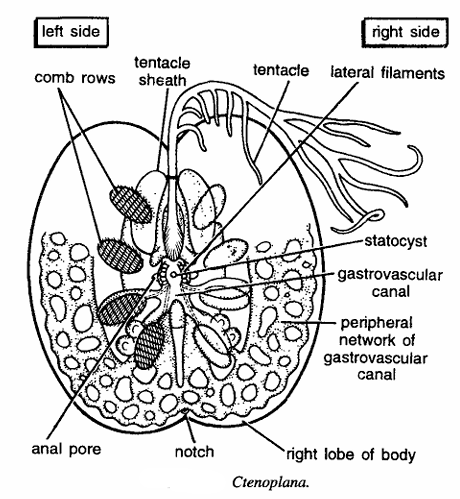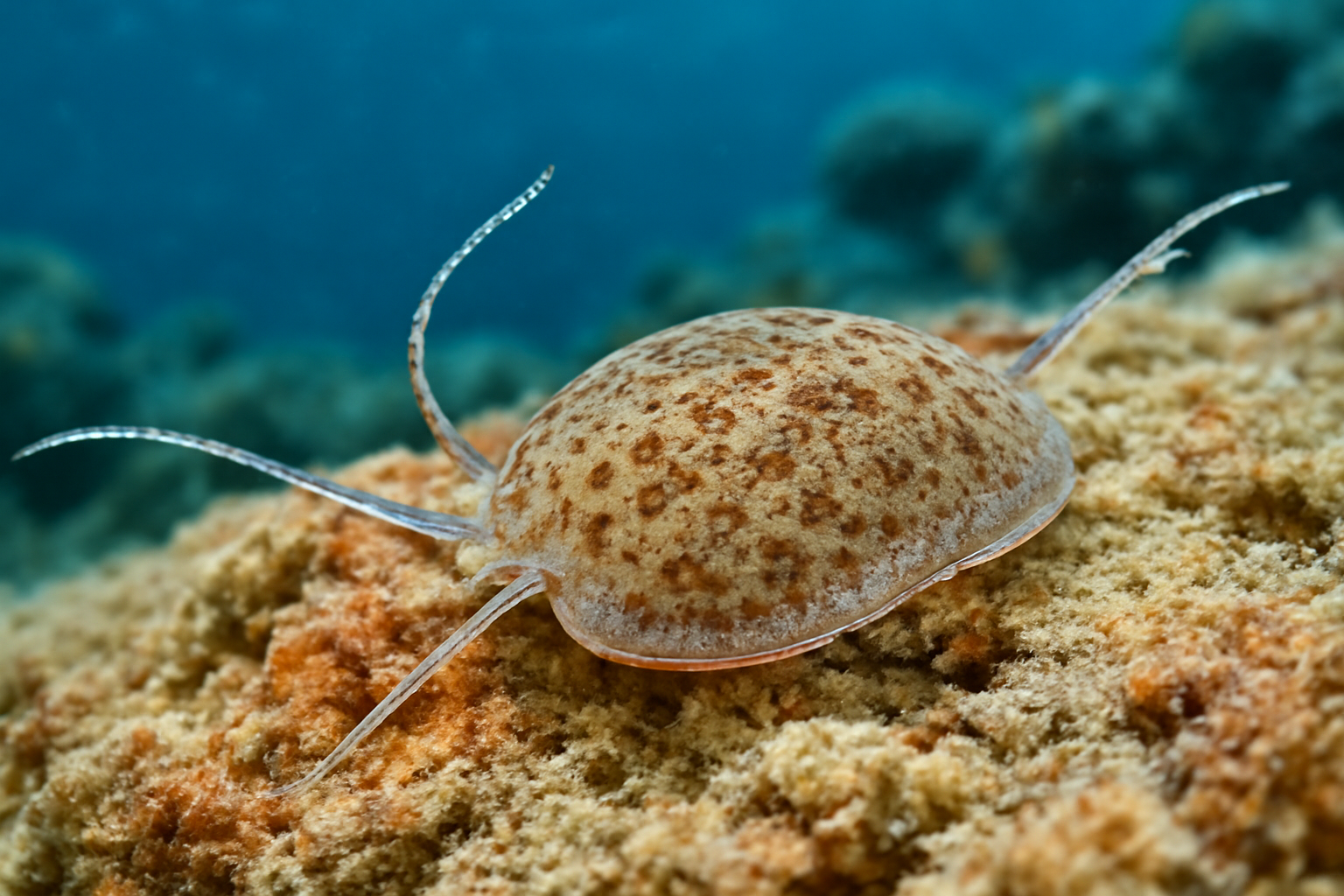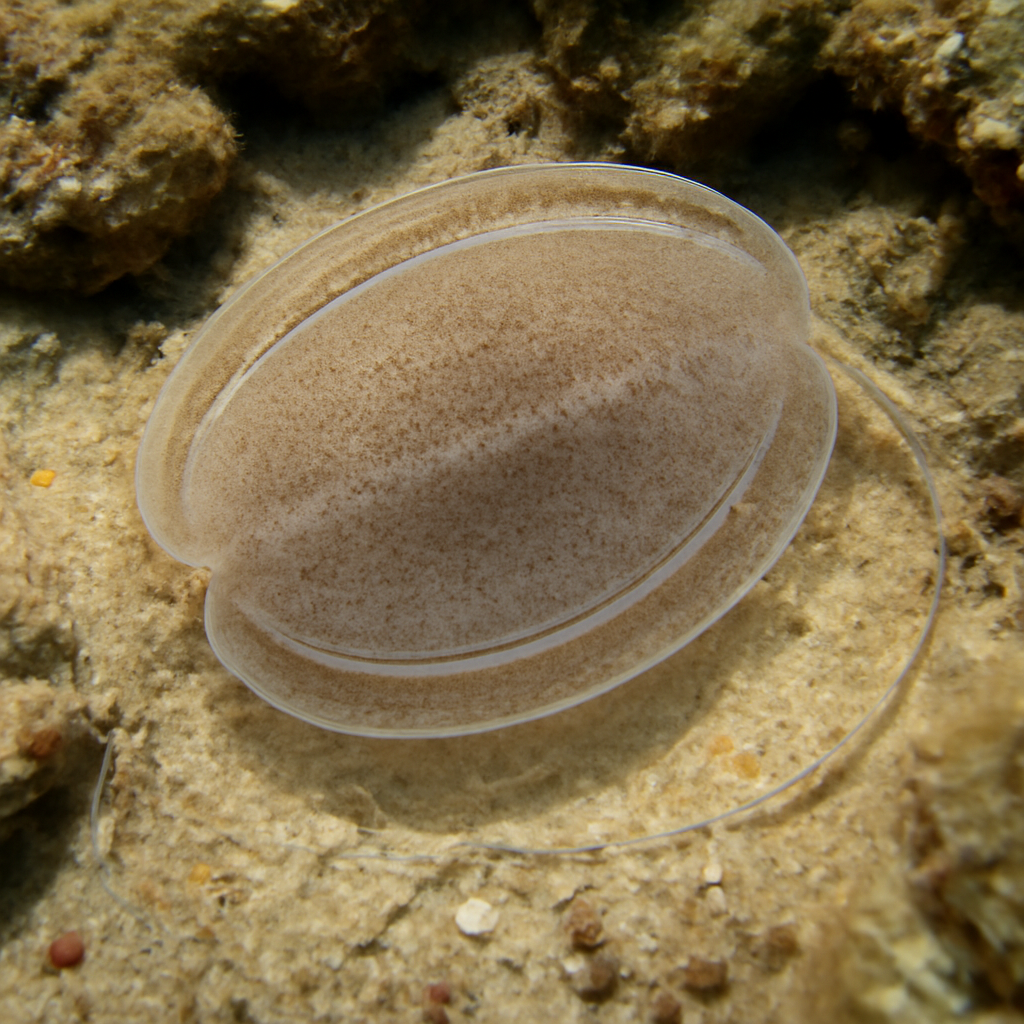Unveiling Ctenoplana: A Detailed Exploration of its Classification, Habitat, Morphology, and Ecological Role
Ctenoplana is a fascinating genus within the phylum Ctenophora, representing unique benthic ctenophores known for their flattened, creeping body form and intricate ecological relationships. Unlike the free-swimming comb jellies commonly encountered in pelagic zones, Ctenoplana species have adapted to a crawling benthic lifestyle, making them intriguing subjects of marine biological study. This article provides an extensive overview of Ctenoplana’s taxonomy, habitat preferences, morphological features, behavioral adaptations, and significance within marine ecosystems.
Classification of Ctenoplana
- Kingdom: Animalia — Organisms exhibiting complex multicellularity and heterotrophy.
- Phylum: Ctenophora — Marine invertebrates identified by comb rows of cilia used for locomotion.
- Class: Tentaculata — Ctenophores possessing tentacles with colloblast cells for adhesive prey capture.
- Order: Platyctenida — Benthic ctenophores characterized by flattened bodies and crawling behavior.
- Family: Coeloplanidae — Groups of flattened polyctenid ctenophores living on coral reef surfaces or associated with other benthic invertebrates.
- Genus: Ctenoplana — Epitomizing benthic ctenophores displaying flattened morphology and adherence to substrates.

Habitat and Ecological Niche
Ctenoplana spp. predominantly inhabit tropical and subtropical shallow marine environments, including coral reefs, rocky substrates, mangroves, and seagrass beds. Their benthic nature distinguishes them from pelagic relatives, as they firmly adhere to surfaces and move by creeping, utilizing cilia located ventrally. These organisms thrive in nutrient-rich waters with sufficient light penetration, allowing them to coexist with diverse benthic communities.
Their predilection for symbiotic or commensal associations, frequently found on sponges and soft corals, highlights Ctenoplana’s integral role within complex reef ecosystems. The genus’s habitat preference fosters microhabitat complexity, enhancing ecological resiliency.
Characteristics – Structure and Adaptations
- It is an aberrent ctenorhore fIrst discovered by Korotneff (1886) and later worked by Willey (1896), Dawyboff (1929) and Komai (1934).
- Body consists of flattened oval, central thick portion and two rounded, thin lobes in the sagittal plane.
- It measures 5 to 8 mm in the tentacular plane and coloured dorsally, mostly olive-green, brown or reddish. It reproduces asexually.
- Between the lobes of the anterior notch, there is a long tentacle giving irregular side branches. Main tentacle arise from base covered by tentacular sheath.
- There are 8 short comb rows of several plates connected to statocyst by ciliated furrows. Oral surface is characterised by everted pharynx, gastrovascular canal and peripheral network of gastrovascular canals
- Anus present on left lobe.
- It reproduces asexually.
- Ctenoplana species exhibit a markedly flattened, oval, or elongate body shape measuring from a few millimeters up to several centimeters. The absence of traditional longitudinal comb rows for swimming underscores their adaptation to crawling. Their ventral surface is equipped with cilia that facilitate slow movement on substrates.
- Tentacles are paired and retracted into distinct sheaths when not in use, armed with colloblast cells that secrete adhesive substances essential for prey capture. The organism’s transparent to translucent body often features pigmentation or spotted patterns allowing for excellent camouflage amidst host substrates.
- Internal anatomical features include a well-developed pharynx, meridional canals, statocysts for orientation, and gonads situated along meridional canals. Their peripheral network of alimentary canals reflects their feeding versatility in benthic habitats.

Unique Functional Traits
Ctenoplana’s ecological adaptation to benthic locomotion is made possible through specialized ciliation and a flattened body facilitating substrate adherence and creeping. Their adhesive tentacles enable effective capture of small planktonic and benthic organisms.
Camouflage mechanisms reduce predation risk, often allowing them to blend with host organisms visually. Furthermore, they exhibit behavioral responses to environmental stimuli, retreating quickly when disturbed.
Identification in the Field
Identifying Ctenoplana involves observing their flattened creeping form on reef surfaces, presence of distinctive tentacular sheaths, and color patterns that vary from translucent to spotted. Close examination reveals the absence of swimming ciliary combs, a key distinguishing character.
Their behavior of slow crawling and substrate adherence contrasts sharply with the typical swimming locomotion of pelagic ctenophores. Molecular tools have further refined species identification within this genus.

Ecological Role and Predator-Prey Dynamics
As micro-predators, Ctenoplana consumes minute planktonic crustaceans, protozoans, and detrital particles, contributing to benthic-pelagic coupling in reef ecosystems. Their presence supports nutrient cycling, influencing microbial and invertebrate populations.
Ctenoplana themselves form prey for small fish, nudibranchs, and other reef predators, positioning them as intermediate players in complex food webs.
Anthropogenic Interactions and Scientific Importance
Although harmless to humans, Ctenoplana species provide valuable insights into the evolution of benthic lifestyles, adhesion, and locomotion among ctenophores. Their simple body plans and reproductive strategies also serve as models for developmental biology.
Emerging research examines their adhesive mechanisms, signaling systems, and responses to environmental changes pertinent to climate impact studies.
Conservation Outlook and Research Directions
Protecting coral reef and coastal habitats critical for Ctenoplana sustenance aligns with broader marine conservation goals. Understanding their distribution patterns and population dynamics remains a priority amid coral reef degradation.
Future studies are anticipated to unravel molecular mechanisms underlying their unique adaptations and to explore potential bioapplications of their adhesive properties.
References
- Marine Species Identification Portal: Ctenoplana
https://species-identification.org/species.php?species_group=ctenophora&id=24 - Encyclopedia of Life – Ctenoplana Overview
https://eol.org/pages/34367 - World Register of Marine Species (WoRMS) – Ctenoplana taxon details
http://www.marinespecies.org/aphia.php?p=taxdetails&id=264982 - Barnes, R. D. Invertebrate Zoology, 6th Ed. Holt-Saunders, 1982.
- Marine Biodiversity and Ecology papers on benthic ctenophores
